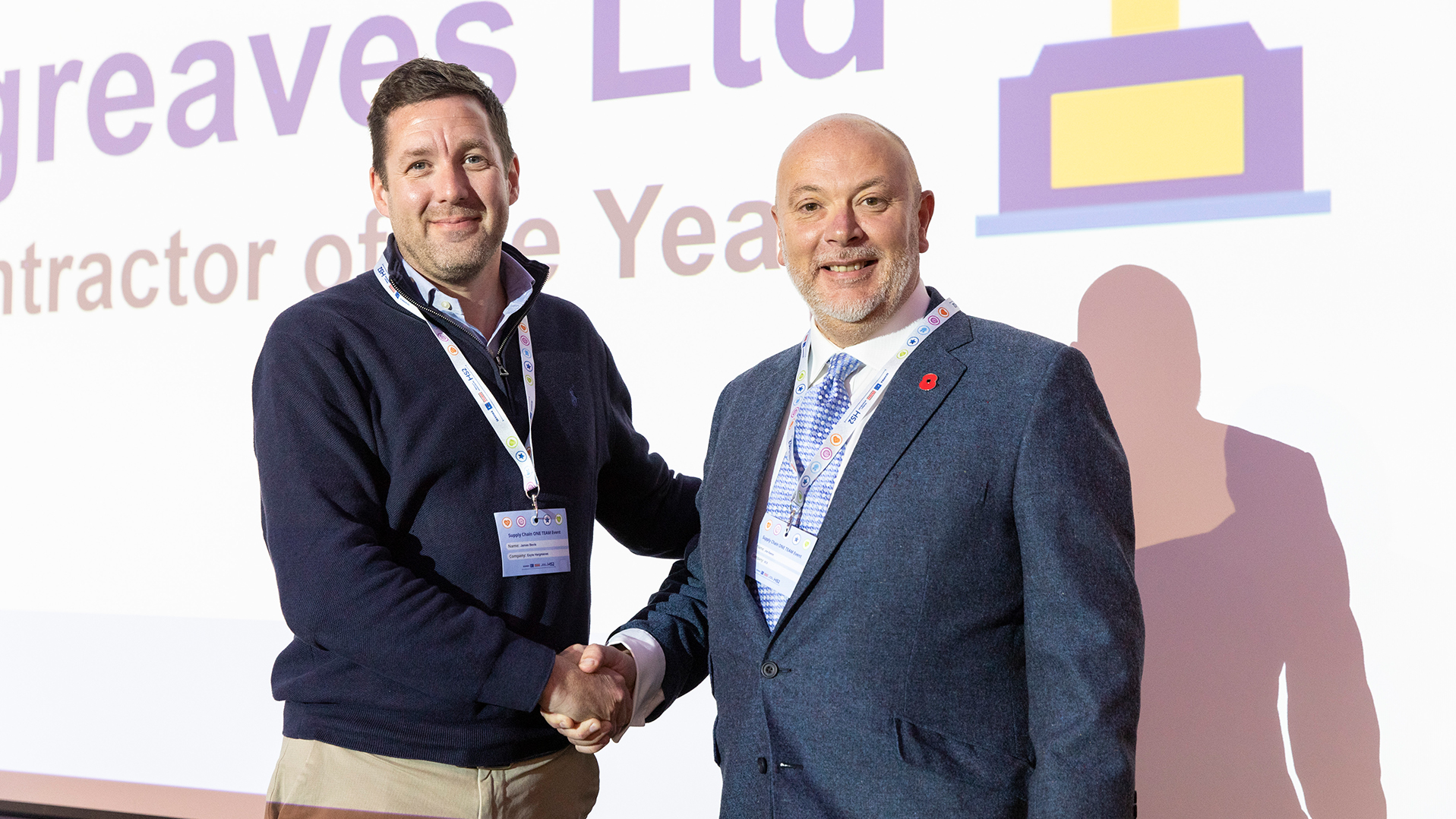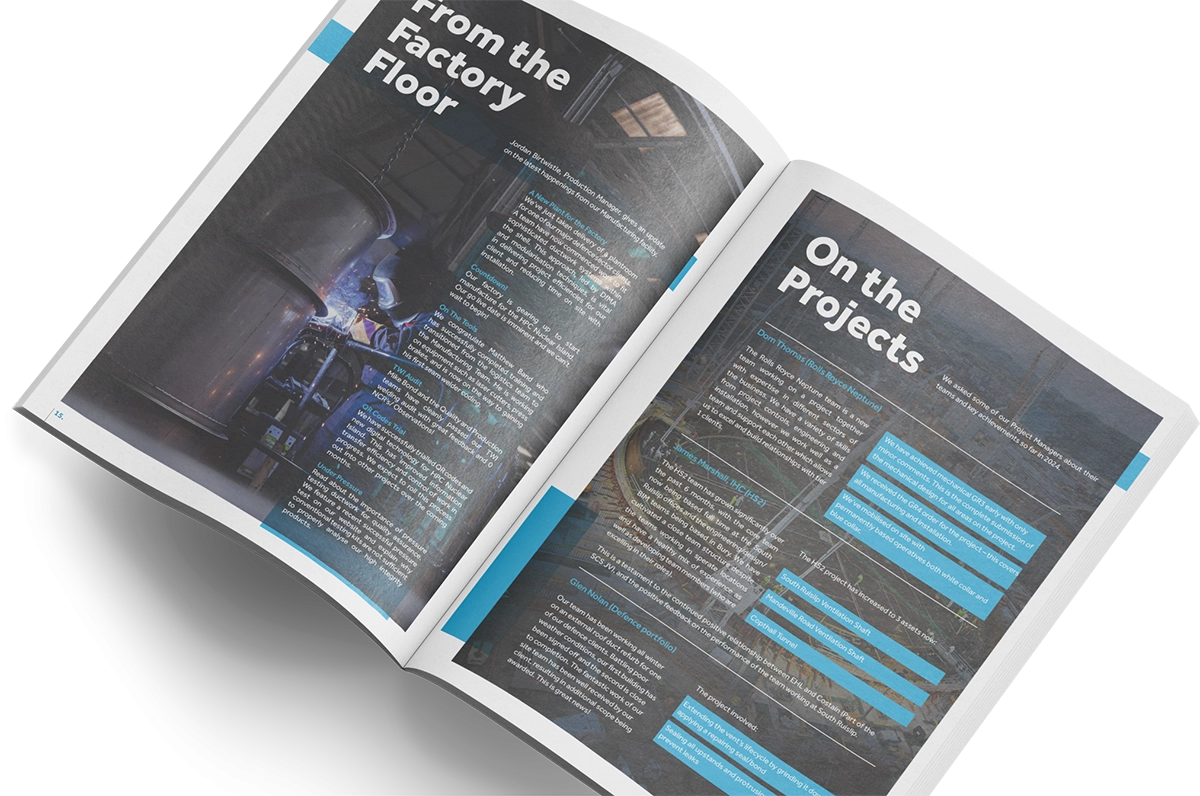The UK’s civil nuclear energy programme is now 80 years old. Its early legislative history was based primarily on safety, both for the employees of UK nuclear sites and the general public. Various acts of Parliament crafted the overarching legislation which our sector follows today in the shape of the Nuclear Installations Act, 1965.
An Atomically Speaking
However, if safety can be defined as the goal (or the end) of the legislative framework for nuclear energy installations, then quality is most certainly the means.
The Role of the ONR
The Nuclear Installations Act is the primary requirement for quality on any nuclear project. When considering the interpretation of the Act, it is the Office for Nuclear Regulation (ONR) who takes the key role. As the industry’s independent regulator, their chief functional objective is again concerned with safety. Ensuring society’s protection is based on an assessment of whether any nuclear installation will function safely.
That assessment mainly (though not exclusively) comes down to the initial design. The ONR will issue licences based on the design (including such things as the safety case, environmental assessment, technical assessment etc). ONR personnel will check all these factors in line with their own legislation, which operates within the framework of the 1965 Nuclear Installations Act.
The Role of the Client
The client specification is individual to each project and may ask for different things. As an example, two of our clients have different processing systems for nuclear material. This is based on personal choices around the efficiency of the processing. Nevertheless, any systems or methodologies proposed in their individual specifications must still align with the ONR regulations. If they don’t, the ONR won’t grant a licence and will force a change in the submitted specification.
The ONR frequently visits existing sites and signs off the design of any new sites before issuing a licence to operate. Whilst client specification is undoubtedly important, the ONR overrules it in terms of the general hierarchy.
The Role of Exyte Hargreaves
Nuclear regulatory compliance is nothing new to Exyte Hargreaves. At the time the Nuclear Installations Act became an Act of Parliament, Hargreaves had already been in business for 93 years. The company became involved in nuclear HVAC during the first steps of the UK nuclear industry. More than 70 years later, our HVAC systems are now present in every single nuclear facility across the country.
Coming back to the role of Exyte Hargreaves when it comes to quality, the key element is the notion of ‘right first time’. In order to keep people safe, any HVAC product must perform as designed once installed. On a micro level this means that a product is manufactured as it should be in our factory without any defect. On a macro level it means that the product is manufactured as designed and as the client expects so that it complements other systems and processes on the project.
But there’s still much more to it…
Quality Management & Governance
Compliance on nuclear energy projects is one of the reasons we designed, developed and instituted our Integrated Management System (IMS). It defines the processes and procedures we follow as a business. Alongside the client specifications, which are informed by ONR protocols, our internal governance relies upon internationally recognised ISO standards.
Consider Exyte Hargreaves as a living thing. The IMS is our brain and it sends instructions to the rest of the body which govern what we do and how we do it. This is all driven by a commitment to quality. It’s why our reputation within the nuclear industry remains as strong today as it has done since the 1970’s.
Excellence is a company value at Exyte Hargreaves. By following our IMS we ensure that Nuclear Compliance remains at the forefront of our collective minds – anatomically speaking of course.
Follow our LinkedIn account for more news and views from Exyte Hargreaves.








